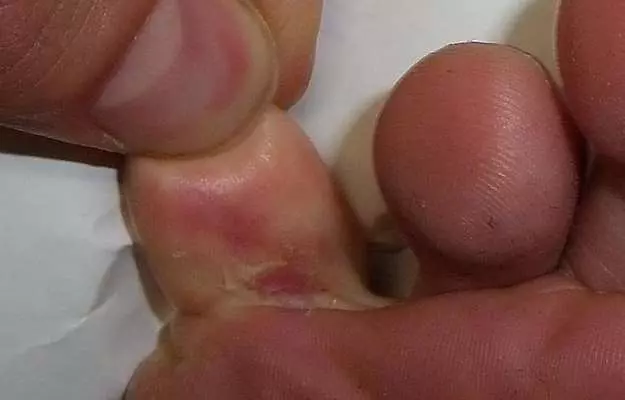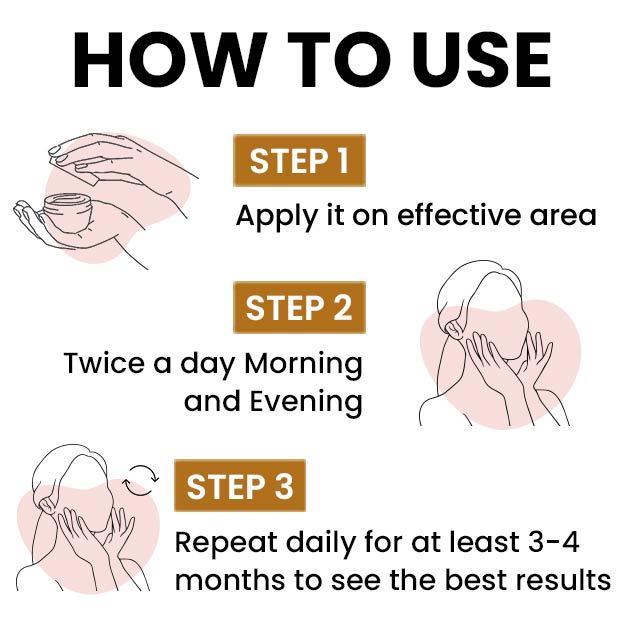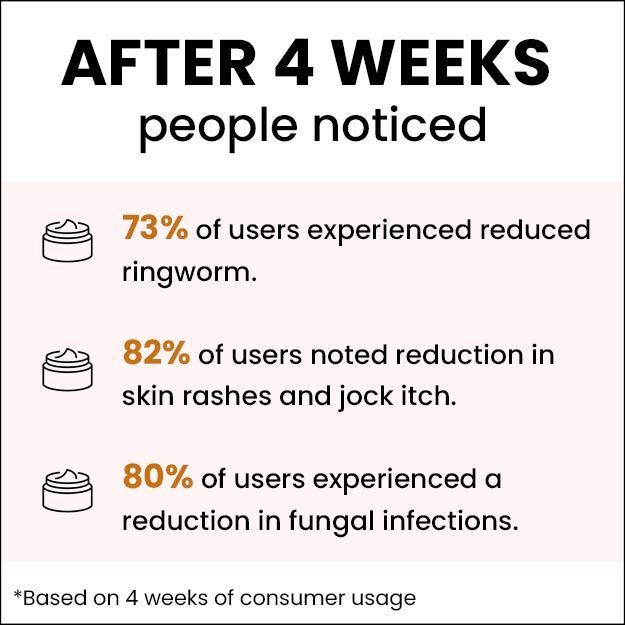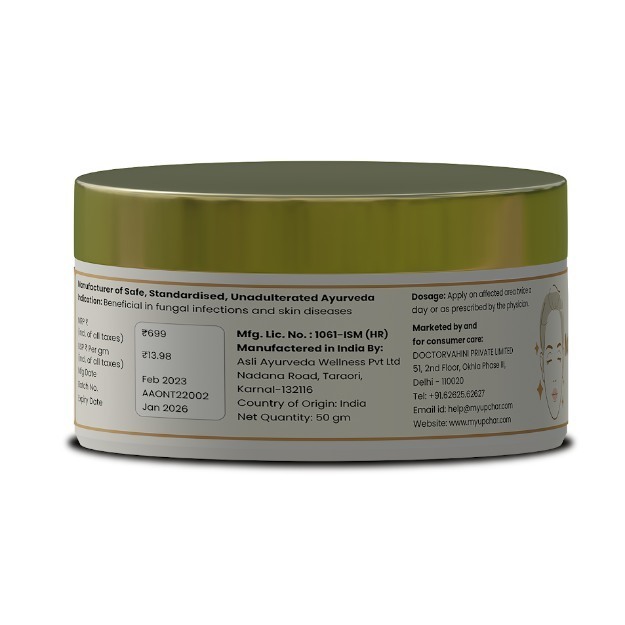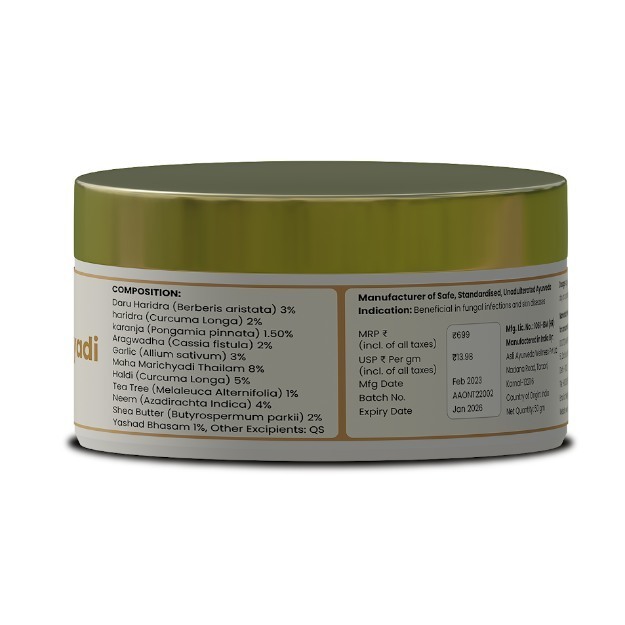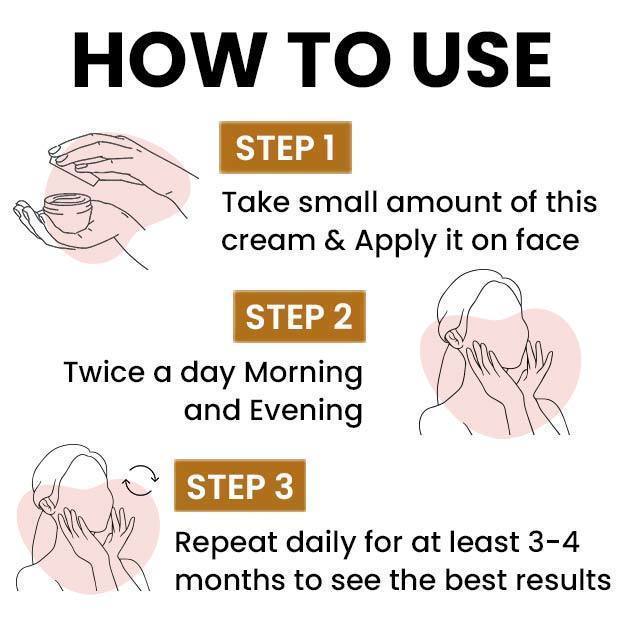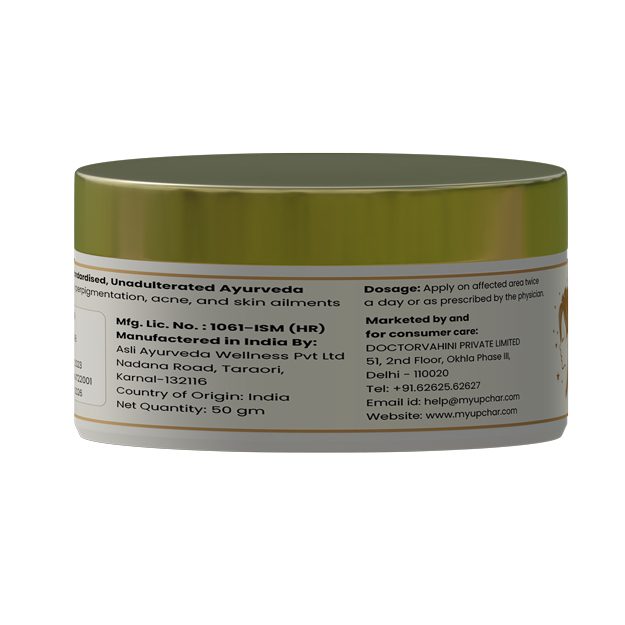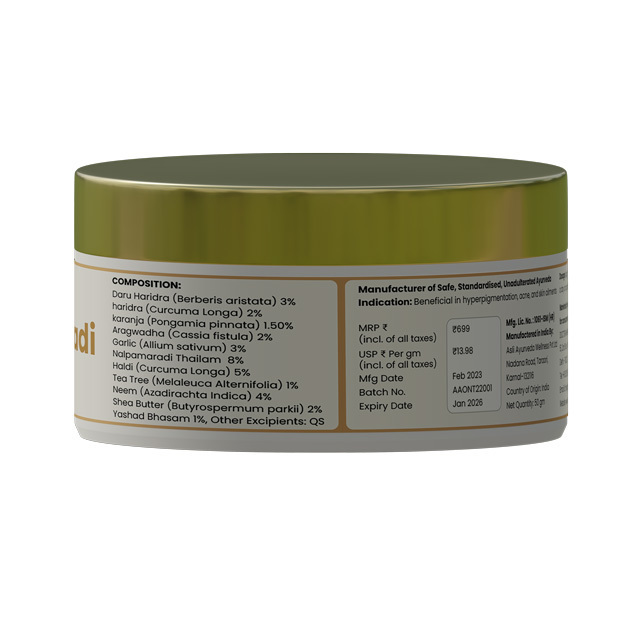Fungi are present throughout our environment. Like many microbes, some fungi are useful, for example as food or medicine, and some are harmful, such as food-borne mold or disease-causing fungal spores.
To know the treatment for fungal infection, please click on the link given here.
When harmful fungi invade the body, they can be difficult to kill, as they can survive in any type of environment and reinfect a person trying to recover.
Fungi do not belong to the group of neither plants nor animals, they have been defined by scientists as a separate group of their own. There are approximately 99,000 known species of fungal organisms, including yeasts, rusts, smuts, molds, and mushrooms.
Fungi are found in almost any habitat, including the International Space Station (ISS), where they were found to decompose food. Some spores survive in microgravity for up to 5 months.
Many fungi live in soil or water; some have parasitic or symbiotic relationships with other plants or animals. They are present in foods such as mushrooms and baker's yeast and have important roles in medicine and environmental protection.
This article explains in detail what is fungus, the types of fungus, why fungus affects the body, and what are the diseases caused by fungi.
(Read More - Home Remedies for Fungal Infection)
What is fungus?
Fungi are a type of living organism. They are called Fungus in the singular of English and Fungi in the plural. Scientists previously considered fungi to be part of the animal kingdom, mainly because they were believed to be unable to move on their energy. Later studies changed this belief of scientists and hence fungi or Fungi were placed in a separate kingdom.
The most obvious difference between plants and fungi is that fungi do not make food from sunlight and carbon dioxide. Fungi meet their food needs by digesting and absorbing what they need from the environment in a similar way to animals.
There are also many fungus-like organisms, including slime molds and oomycetes (water molds), which do not belong to the Fungi kingdom but are often referred to as fungi or fungi. Many of these fungus-like organisms are included in the kingdom Chromista. Fungi are one of the most widely distributed organisms on Earth and have great importance in the fields of environment and medicine.
(Read More - How to get rid of toenail fungus)
Types of fungus
Earlier fungi were classified according to their physiology, shape, and color. Modern systems rely on molecular genetics and methods of reproduction to classify fungi. Keep in mind, the following classifications are not set in stone. Mycologists do not agree on the names of the different species.
The most important sub-divisions or 'phyla' under the Fungi kingdom are the following -
- Basidiomycota - This includes fungal species such as mushrooms and toadstools.
- Ascomycota - These are sometimes called sac fungi. These are often multiple fruiting structures visible. This group also includes the penicillin species that provided us with the first effective antibiotics.
- Neocalymstigomycota - These live in the digestive tract of plant-eating animals such as sheep. The enzymes they produce break down polysaccharides like cellulose, the strong material that gives plants their strength. This allows sheep to use simple carbohydrates as food.
- Blastocladiomycota - They live mostly in the soil and digest all kinds of decomposed matter.
- Glomeromycota - A very specialized group of fungi that live in a beneficial symbiosis with liverworts (small moss-like plants).
- Citridiomycota - An ancient group of fungi that digest strong proteins such as keratin (found in skin and hair) and chitin (found exclusively in the outer shells of insects).
- Microsporidia - a small group of single-celled parasites that primarily infect insects.
(Read More - How long to get rid of fungal infection)
Why does fungus appear on the body?
Fungi reproduce by the dispersal of microscopic spores visible under a microscope. These spores are often present in the air and soil, from where they can be inhaled or come into contact with body surfaces, primarily the skin. As a result, fungal infections usually start in the lungs or skin.
Most of the different types of spores inhaled through the skin or lungs do not cause infection. Some types only cause infection in people who have a weakened immune system or who have foreign objects in their bodies, including medical devices such as artificial joints or heart valves.
Fungal infections occur when the body is exposed to fungi during times of weakness. This vulnerability may occur in someone with a weak immune system or in a person who provides a warm, moist environment for the fungus to grow on his or her body. Other than some skin infections, fungal infections rarely spread from person to person.
(Read More - Diet for fungal infection)
Disease due to fungi
Fungus is found everywhere. Millions of different fungal species exist on Earth, but only about 300 of those species are known to make people sick. One-third of fungal diseases are often caused by fungi that are common in the environment. The following are the diseases caused by fungus -
Tinea infection
Fungal infections are very common on the surface of the skin, hair, and nails. These infections, known by the medical term tinea, can occur almost anywhere on the body. Examples include ringworm, jock itch, and athlete's foot. Over-the-counter antifungal creams or sprays are often effective for limited infections. But some of these infections, such as ringworm, usually require treatment with a prescription medication to kill such fungus.
(Read More - How to remove fungal infection marks from skin)
Candidiasis
Candidiasis is a common type of fungal infection caused by various species of yeast in the Candida family. Candida yeast grows on moist surfaces of the body and is a common cause of vaginal infections, which is why it is also called Candida infection. It can also lead to an infection of the mouth or throat, called thrush. Uncommonly, Candida invades the bloodstream in our body and spreads to other areas of the body. People with weakened immune systems are most vulnerable to this type of invasive candidiasis, which can be life-threatening.
(Read More - Mucormycosis)
Aspergillus
Aspergillus is a common fungus found in soil, decaying vegetation, insulating materials, air conditioning vents, and dust. Aspergillus spores float in the air and can be inhaled into the nose and lungs. In most cases, Aspergillus spores do not cause any harm. However, in some people, Aspergillus can cause lung infections.
(Read More - Fungal ear infection)
Coccidioidomycosis
Coccidiomycosis - also called San Joaquin fever or Valley fever, is a fungal disease caused by Coccidioides. This fungus lives in dry areas. Dust contaminated with Coccidioides spores is inhaled into the lungs, allowing the fungus to develop. Although most people recover from Coccidiomycosis within a few weeks, some people develop a persistent lung infection or a systemic attack of the fungus in which the fungus infects other parts of the body.
(Read More - Nail fungus treatment)
Histoplasmosis
The fungal infection caused by Histoplasma capsulatum is known as histoplasmosis. Bat and bird droppings encourage the growth of Histoplasma capsulatum in the soil. Bat and bird droppings and waste from poultry houses often harbor Histoplasma.
Histoplasma spores are breathed in by digging or blowing contaminated soil. Most people infected with Histoplasma capsulatum do not become ill. However, some people experience a respiratory illness characterized by dry cough, fever, loss of appetite, muscle aches, and chest pain. Uncommonly, this respiratory disease lasts for a long time, causing damage to the lungs. In some rare instances, the Histoplasma fungus may enter the bloodstream and infect other organs.
(Read More - Patanjali medicine for fungal infection)
Takeaway
It is clear from this article that fungus can cause some kind of infection for us. Although it has millions of species, only 300 species are known to make humans sick, which can cause many types of diseases. It becomes difficult to eliminate them, but they can be avoided. At the same time, the fungus is also used in making some medicines.
(Read More - Homeopathic medicine for Fungal Infection)

